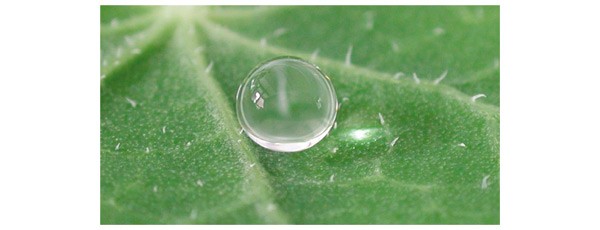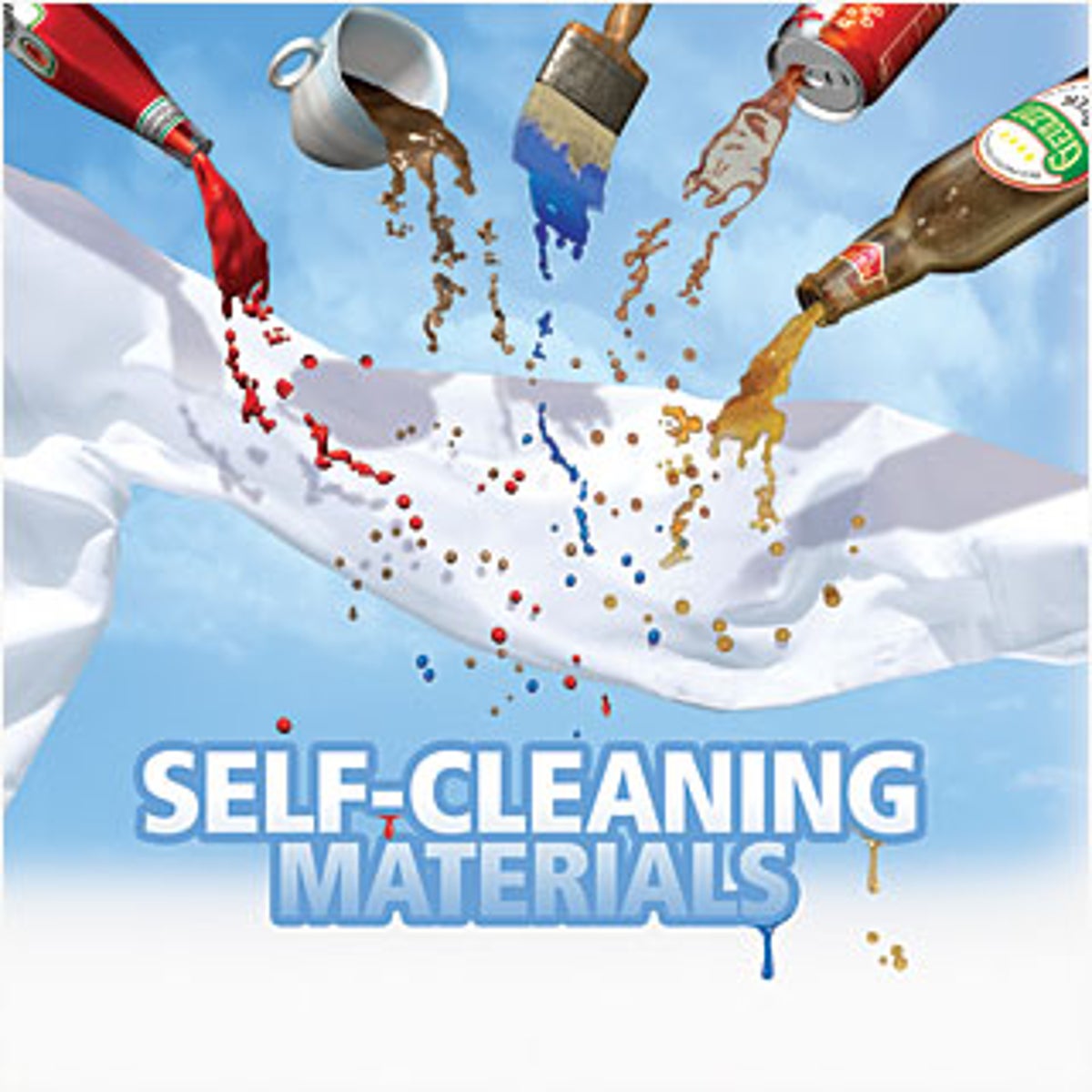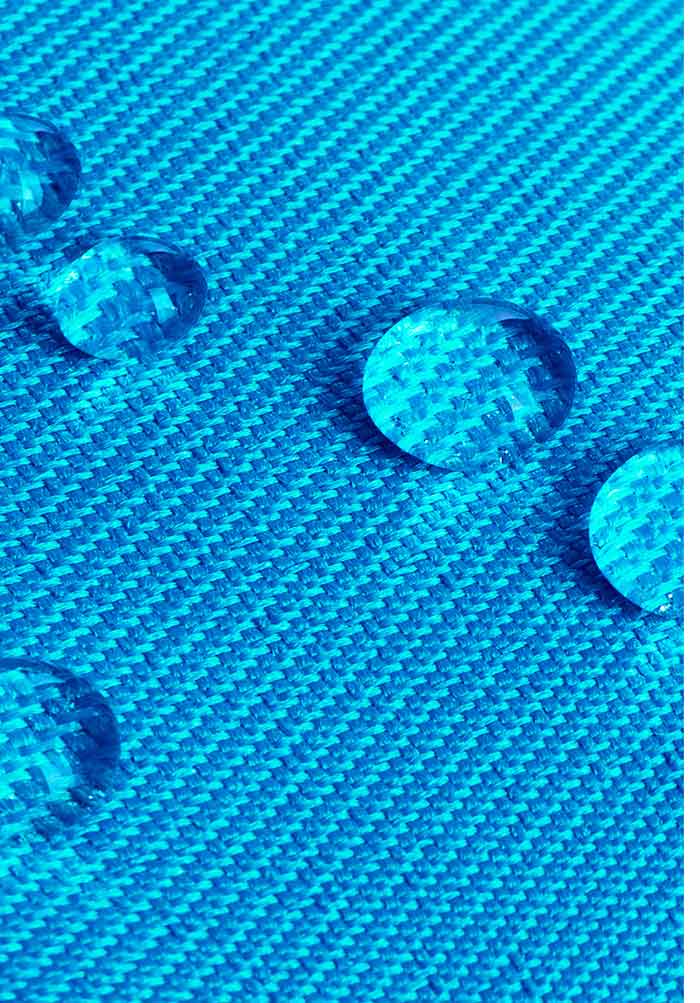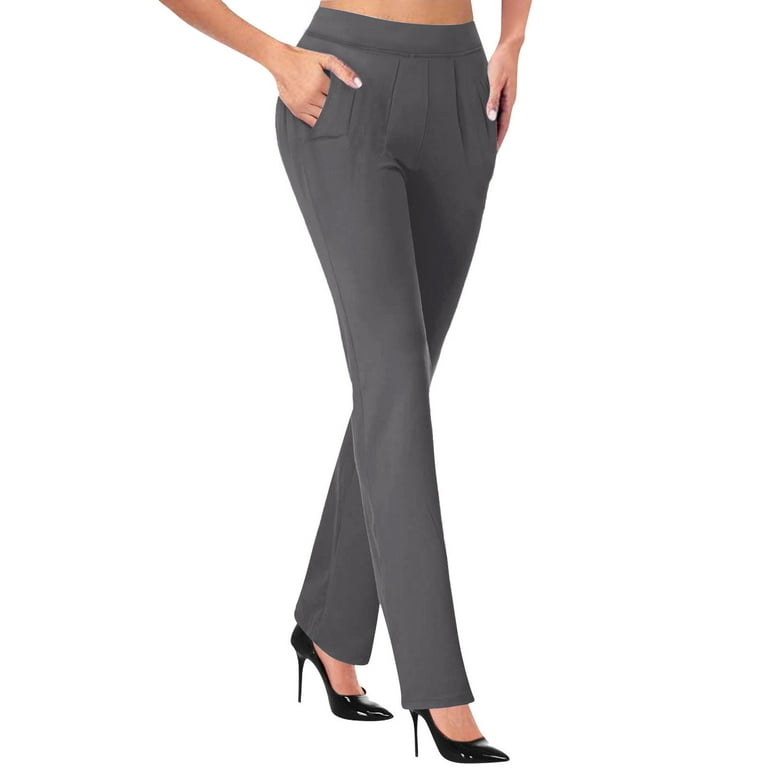Self-Cleaning Surfaces of Polyurethanes
4.5 (768) · $ 19.00 · In stock
In this urbanized world, people have limited time and access to labors to clean the items one is associated with. Self-cleaning of the items which humans use every day or occasional is more sustainable for long term and is also one of the most important functionalities for improved esthetics, performance, hygiene, and satisfaction. Various approaches have been widely explored to impart self-cleaning properties to different substrates using different chemistries of surface modifications. The current chapter gives an overview of the various mechanisms for self-cleaning including super-hydrophobicity, super-hydrophilicity and photocatalysis with more emphasis on polyurethane origin. Polyurethanes have been widely explored for self-cleaning properties by introducing super-hydrophobicity via incorporation of nano-roughness or low energy functionalities or by introducing photocatalytic property by incorporating photocatalytic nanoparticles. The chapter also provides a connect to the applications of such polyurethane surfaces. Thus, these self-cleaning polyurethanes may find applications in the fields of anti-fogging, anti-icing, anti-reflection, corrosion resistance, drag reduction, sensors, solar cells, and textiles.

Exterior Composite Wall Cladding Aluminum Foil Al-Zn Surface Polyurethane Sandwich/Self Clean Room Panel/Deco Insulating Board/Siding - China Wall Paper, 3D Wall Panel

Plant-Based Sustainable Self-Cleaners in Nanotechnology Era: From Mechanism to Assembling

Natural self‐cleaning surfaces, a) superhydrophobic and b)
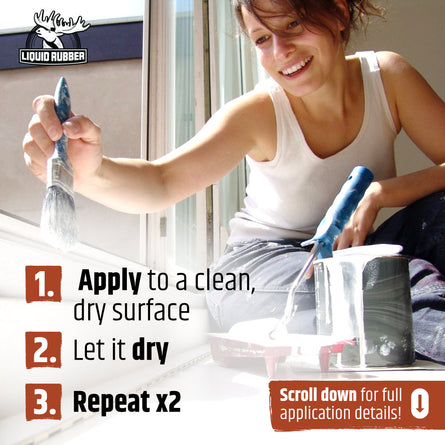
Premium Polyurethane Deck Coating

Badger: Stynylrez Primer Dull Pink 120ml – Parker Hobbies

PDF) Self-Cleaning Surfaces of Polyurethanes

Schematic diagram of preparation of superhydrophobic steel using a

Thermal properties of Tecoflex films.

Overview of natural, artificial and natural to artificial self-cleaning

A review of various self-cleaning surfaces, durability and functional applications on building exteriors - ScienceDirect
